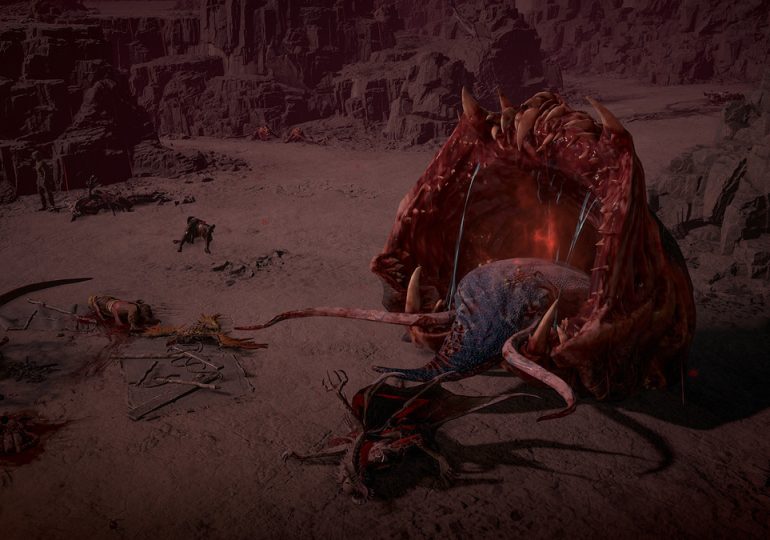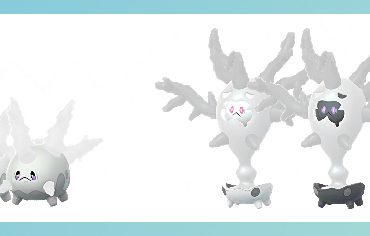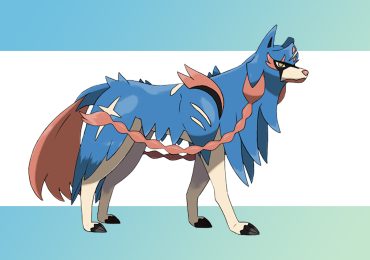When a live-service game undergoes a massive systems overhaul, it’s often characterized as a reversal, a change of course, even a mea culpa — particularly if the game had been headed in a direction the community didn’t like. But a truly successful update of this type is one that enables a game to be more fully itself; to unlock something beautiful that was always present at its core, just tough to get to.
That’s what Blizzard did in 2014 with the “Loot 2.0” update for Diablo 3, which rescued a game that had been floundering since a launch beset by technical issues, an unpopular in-game auction house, and a perceived softening of the tone of this fantasy horror series. But Loot 2.0 didn’t make Diablo 3 more like the fan favorite Diablo 2. It made it more like itself — flamboyant, frenetic, and surreal in its randomization — while extravagantly upping the rewards for playing, and liberating the superb combat design that had always been nestled at the game’s heart.
With the season 4 update for Diablo 4 — called Loot Reborn, surely a nod to that celebrated Loot 2.0 patch — Blizzard has done it again. I wanted the patch to make the game more like Diablo 3, because I’m a Diablo 3 fan, but it hasn’t. It’s done something better, unearthing an all-new item game within Diablo 4 that has its own unique flavor. After just a few hours’ play, it’s clear how much more fun the game is now.
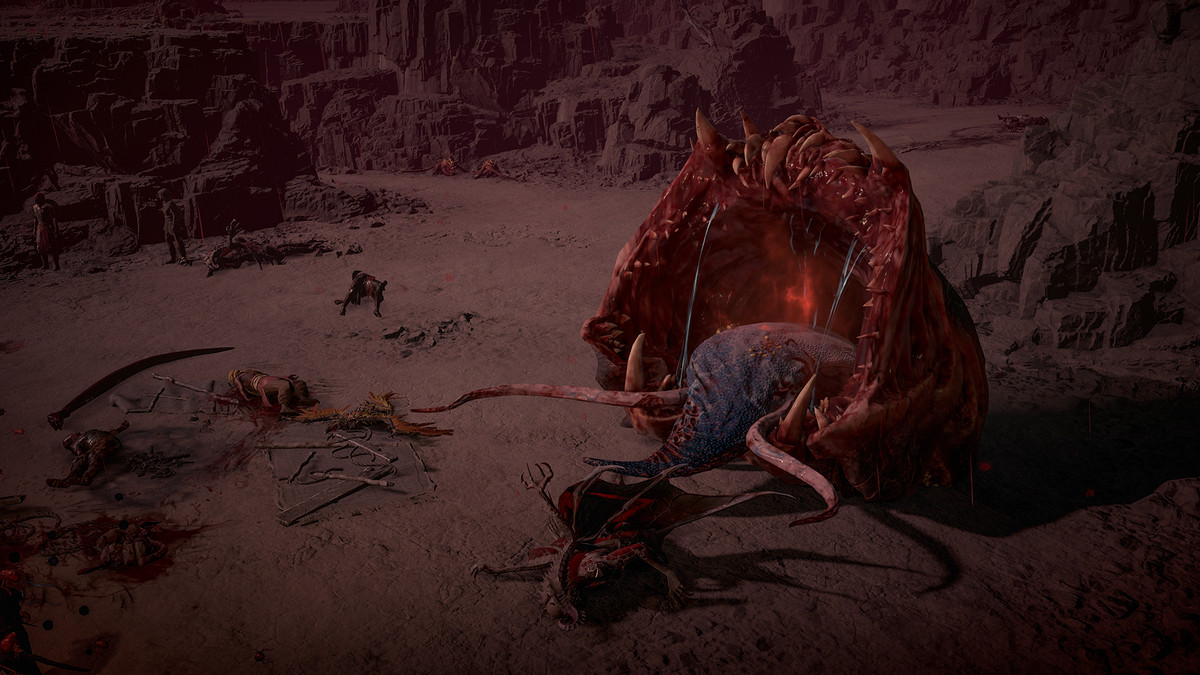
Season 4 has also done more than revolutionize the way loot works to make it more rewarding and less of a head-scratching nightmare of admin. It’s brought Helltides, previously a late-game activity, right into the core of the game from the start. These massively multiplayer-style live events, which draw players to areas of the map that are being assaulted by demon armies for an hour at a time, have been redesigned to make them much more intense and engaging. Now, Helltides promote an aspect of Diablo 4 that has a distinct feel from its predecessors, with players pouring in from across the map to take on big bosses out in the open, rather than delving individually into dungeons.
Unlike in previous Diablo 4 seasons, you don’t need to start a new character to enjoy Loot Reborn. Most of the changes and new content in this patch are permanent, and can be found on the Eternal Realm (where characters live forever and share progress) as well as the Seasonal Realm (where you need to start from scratch in most, but not quite all, things). So you can jump in with any of your previous characters.
That said, I actually recommend rolling a new character (seasonal or otherwise) to make the most of the patch. I had a great time leveling a new Rogue, but when I switched to a higher-level character (in the mid-40s) that I played back at the game’s launch, I could immediately tell that she wasn’t balanced correctly for the way the game works now. All her equipment was marked as “legacy” items, and she felt puny and fragile, particularly lacking the healing bonuses that are a focus of the new itemization design. It probably wouldn’t take too long to kit her out properly with post-patch loot, but it felt like it might be a bit of a slog to get there.
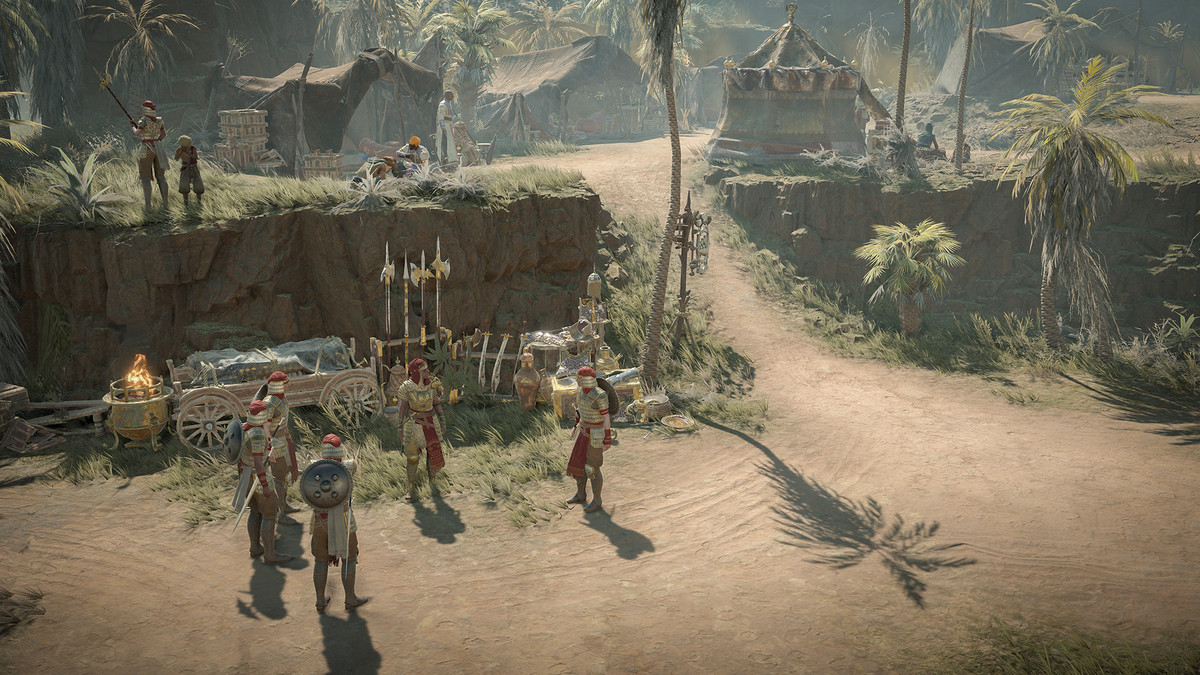
The better news is that the improvements to Diablo 4 are immediately apparent from level 1. There are new endgame systems here, like the Masterworking crafting system, which ties into a new endgame dungeon type, the Pit of Artificers. And the streamlining and liberating effects of the new loot system will probably be best appreciated by players who penetrate deep into Diablo 4’s meta. But they can be easily sensed almost as soon as you start playing.
The first thing you notice is that loot is exciting again. Slightly fewer items drop, and they have more potent affixes that are easier to understand. There are fewer arcane, situational damage bonuses, and more clearly legible boosts to your character’s power and survivability. You can more readily feel the effect of an item when you equip it, and it’s easier to understand how it fits into your character build (or doesn’t). So far, so Diablo 3.
Where Loot Reborn departs from that template is in a new crafting system, Tempering, which allows you to collect recipes for powerful affixes and then use them to enhance your loot. This replaces the old item upgrade system with a much more bespoke form of customization that’s less of a resource grind, and that gives you a creative way to tailor your equipment to your build. A potentially even bigger deal than Tempering is the revamped Codex of Power, which now collects the build-defining Aspects from Legendary weapons when you salvage them, and automatically stores only the best roll of each Aspect, which can then be applied to other items indefinitely. It’s a hugely powerful resource that’s far simpler to use, and it finally realizes the developers’ dream of a database of powerful skills that grows with the player, and constantly expands the horizons of the character builds they create.
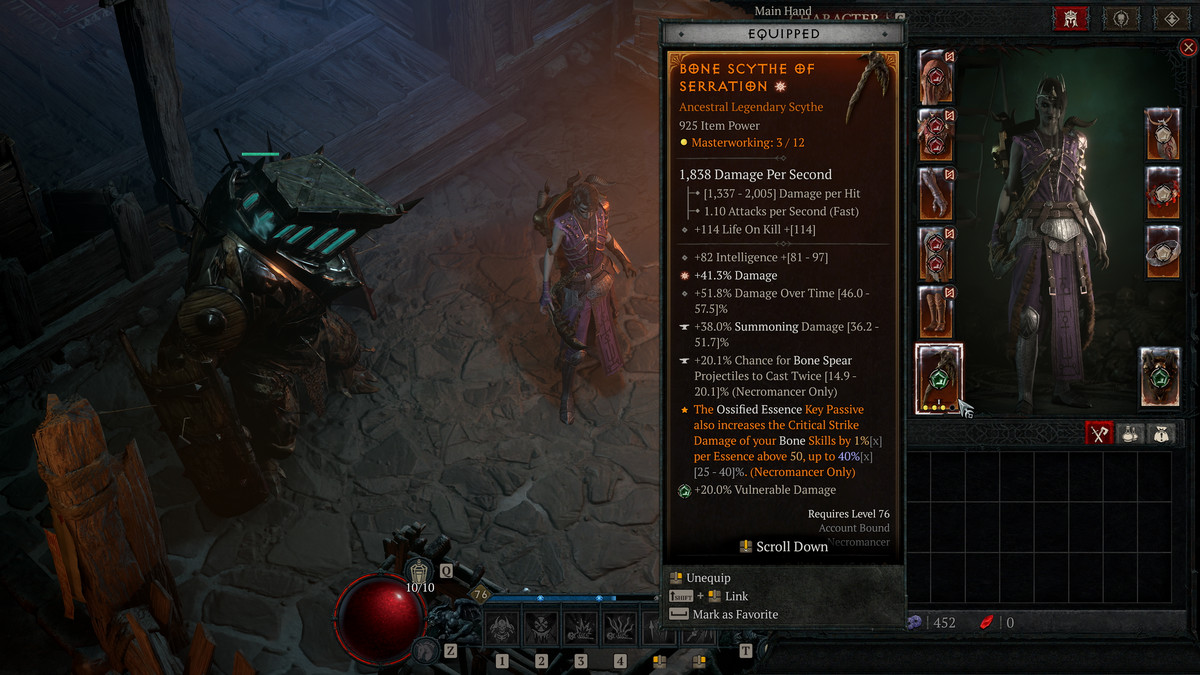
So, yes, the loot is simpler and better. But Tempering and the Codex of Power, between them, define Diablo 4 as a crafting game that gives the player an ever-growing, flexible set of tools to dial in a character build. Crucially, those tools are now easy and fun to use, fed by and feeding into a steady stream of interesting loot.
Diablo 4 can still be a fussy game. Players returning after a long absence might be overwhelmed by a map crowded with icons and the seemingly infinite number of currencies, resources, and progress bars. But the developers have rightly identified their revamped Helltides as something that can cut through all this noise. The loop is simple but deeply satisfying: Slaughter demons to collect Aberrant Cinders to trade in for Tortured Gifts (i.e., good loot). The longer you keep your run going, the higher your Threat builds and the hairier things get; die, and your Threat resets, but you also lose a bunch of Cinders. The steady escalation of the stakes is really effective, as is the way these events draw players together for a common cause, giving the game a lively, MMO-esque feel.
I’m only a few hours and 21 levels into Loot Reborn (if anything, leveling is a little too fast at the moment), but it has absolutely reignited my desire to delve into a game that only briefly grabbed me at launch. What’s really surprised me is how much more personality Diablo 4 has now. It feels like a game that has stepped out of the shadow of its illustrious predecessors and its makers’ live-service ambitions, and made a case for its own way of doing things. That’s a thrilling result.
Diablo 4 season 4, Loot Reborn, was released May 14 on PlayStation 5, PlayStation 4, Windows PC, Xbox One, and Xbox Series X.
